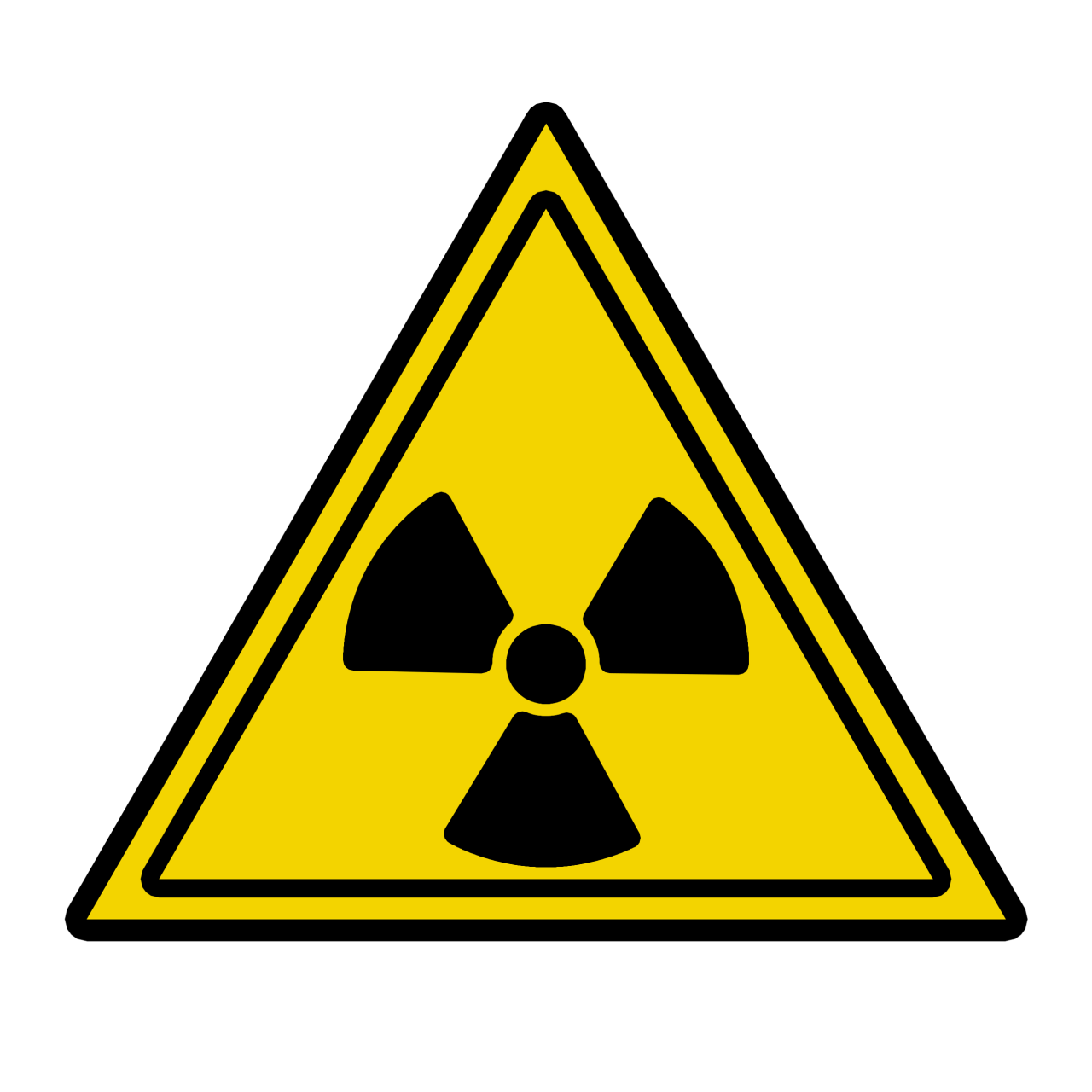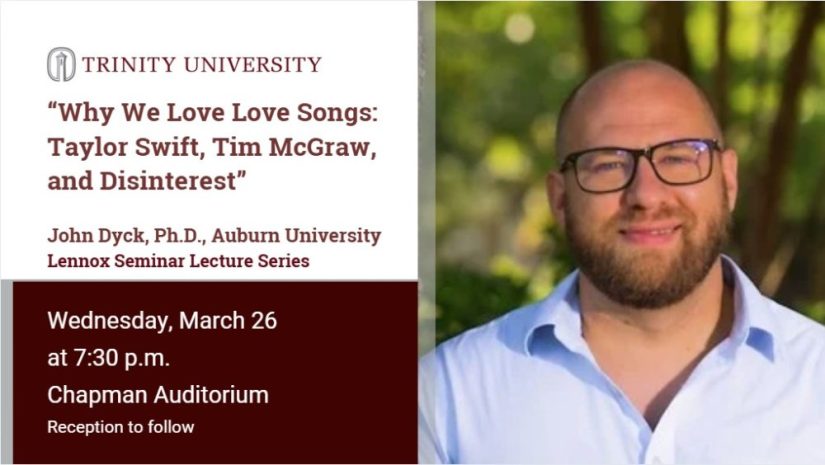Illustration by Andrea Nebhut
The time bomb of climate change has been ticking since industrialization. We are not only seeing its current effects, but we’re also learning more of the catastrophic effects that are going to manifest in the future. According to Climate Change Communication (CCC) 31 percent of Americans deny climate change, global warming has been backed by thousands of independent scientific studies which have determined that this increase of temperature is man-made. The primary cause for global warming lies in our main source of energy: fossil fuels. Fossil fuels are an unsustainable source of energy for the future, as burning them for energy releases greenhouse gases into the atmosphere that have been slowly heating up the planet since the beginning of industrialization. Alternative sources of energy such as wind, solar or even hydro power have been offered up, but the best solution lies in a word that many fear: nuclear.
Nuclear energy is by far the most efficient source of energy, but due to several drawbacks that come with this resource, many are hesitant to support it. These drawbacks include nuclear waste, the threat of nuclear disaster and the threat of giving other countries the potential to build weapons of mass destruction. However, this could all change if the source of nuclear power changed from uranium to thorium. If this switch occurred, we could have an enormous supply of clean, efficient energy at our fingertips.
Thorium produces only one percent of the nuclear waste that uranium produces, with 200 times the power per ton. This waste is less radioactive and much easier and cheaper to dispose of. Thorium is also safer than using uranium, starting at its mining process. Uranium releases a deadly radon gas when mined, while thorium releases no such gas. In order to deal with the gas released, expensive technology is used in the mines to ensure the safety of the miners.
Once mined, uranium must undergo enrichment which changes it to a different isotope, as most of uranium isn’t usable in its mined form.On the other hand, thorium is usable in its mined form and doesn’t require any sort of enrichment process.
The actual producers of energy are much safer as well. The current thorium plant, the liquid fluoride thorium reactor (LFTR), is meltdown proof unlike the uranium reactor. Thorium is inherently fertile meaning that it relies on help from other elements to start the reaction to produce energy. This means that the reaction can be stopped very easily if the plant starts to heat up out of control, as it can be removed from the helper element and the reaction will stop immediately.
This is done by placing the liquid thorium on top of a salt that will drain the liquid thorium away from the helper elements by melting if the reactor heats up, stopping the reaction.
Uranium is inherently fissile, meaning that it can undergo nuclear fission by itself. This can lead to disasters such as Chernobyl or Fukushima as the reaction can spiral out of control quickly and is very difficult to stop. LFTRs also cannot be disassembled for nuclear weapon parts like uranium reactors can. This means that plants can be set up all around the world without fear of supplying nuclear parts to other countries.
For these reasons, thorium holds a promising, clean future for energy and needs to be implemented as the primary source for energy all around the world. The sooner we take action to switch to nuclear energy, the better chance humans have at reversing the damages of climate change.






Jason Erikson • Dec 18, 2019 at 10:50 pm
Interesting article. Would there be transitioning costs associate with switching from uranium to thorium reactors? If not seems like we should switch very soon.
Rick Jangles • Dec 5, 2019 at 6:37 pm
This is nearly a word for word copy of Sam O’Nella’s video about thorium. The video was made 3 years ago and features nearly identical points and flow.
https://youtu.be/jjM9E6d42-M
R Baker • Nov 14, 2019 at 12:17 pm
I favor development of thorium liquid salt reactors as a high priority. But this article is full of errors. I don’t know where to begin.